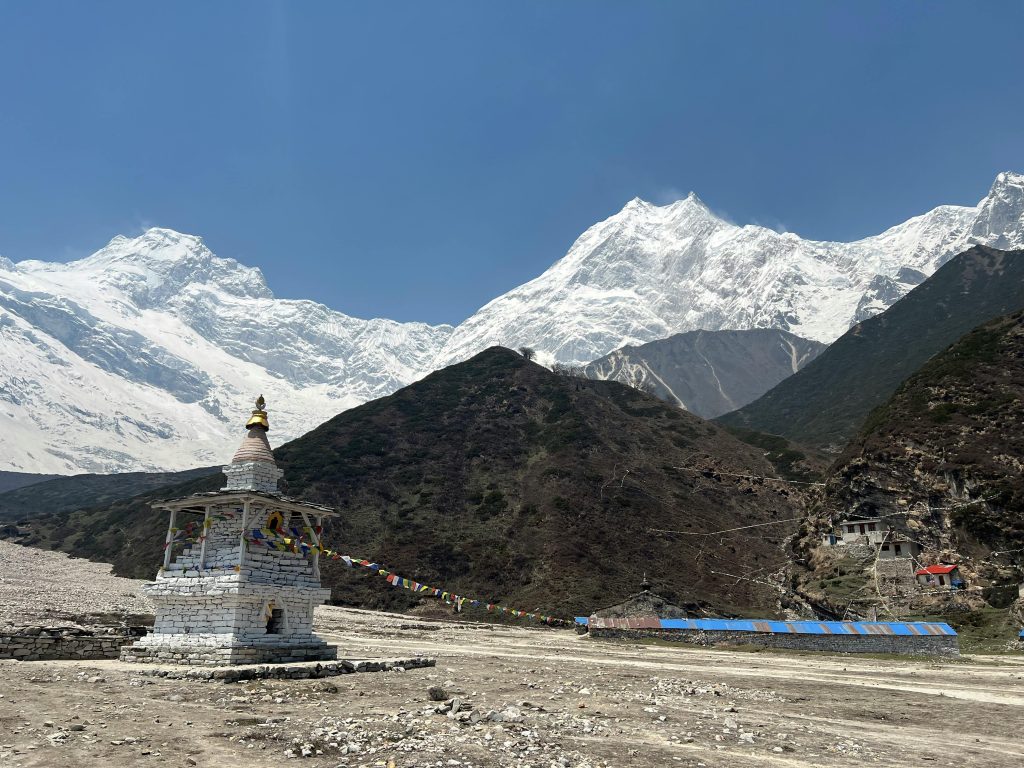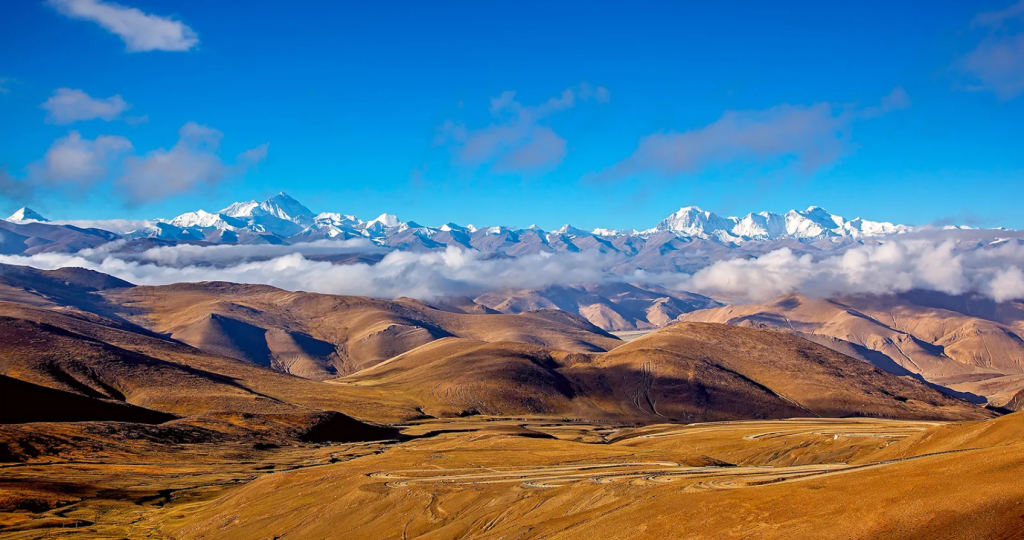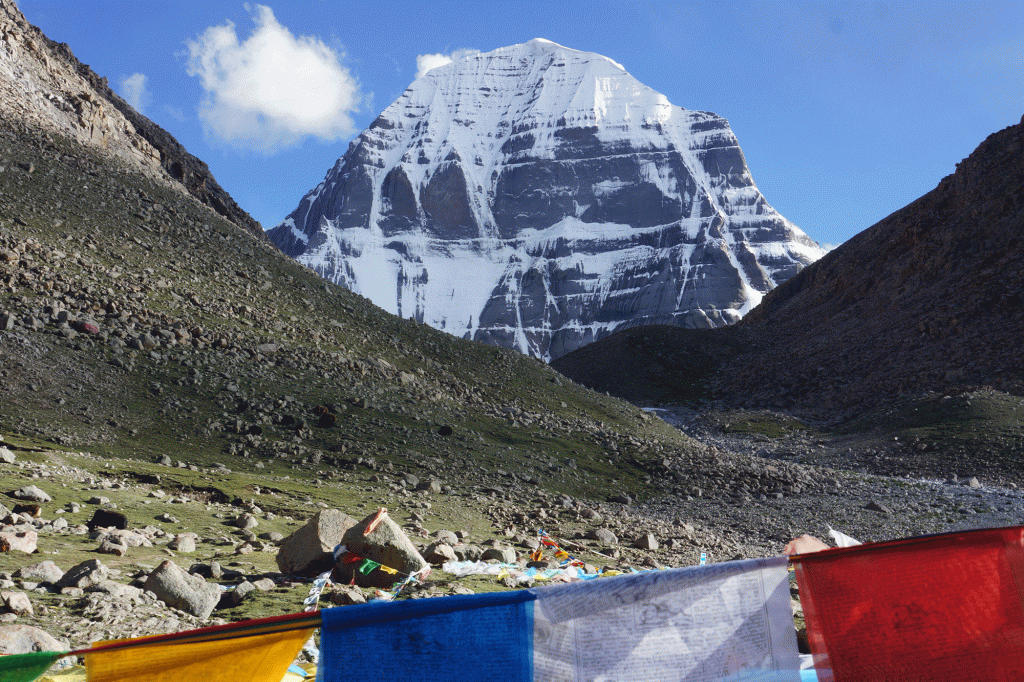Trip Introduction:
Prepare for a captivating journey through the spellbinding Manaslu region of Nepal. Envision being encircled by towering Himalayan peaks, winding rivers, and tranquil landscapes untouched by throngs of tourists. If this aligns with your vision of an ideal expedition, then the Manaslu Trek is the definitive selection for you.
At Nature’s Edge Expeditions, we recognize the enchantment of uncovering hidden Himalayan treasures and the yearning for a genuine encounter with the wild. Therefore, we have carefully designed a 16-night/17-day trekking journey that plunges you into the pristine splendor of the Manaslu region.
Prepare to set off on an adventure that promises not only to inspire awe but also to rejuvenate, ensuring you return with treasured memories.
Preparation
How to prepare for the Manaslu Trek?
Physical Conditioning: Begin a fitness routine about two to three months prior to your trek. Concentrate on cardiovascular workouts, strength training, and stamina-building exercises to develop the necessary endurance for the trek.
Medical Evaluation: Seek a comprehensive health assessment from a medical professional to ensure you are fit for high-altitude trekking. Discuss any pre-existing health issues and obtain the necessary vaccinations.
Altitude Acclimatization Plan: Formulate a strategy for acclimatization that is woven into your trekking schedule. A gradual climb and designated rest days are vital for adjusting to varying altitudes and minimizing the likelihood of altitude sickness.
Trekking Permits and Documentation: It’s crucial to secure the required trekking permits and the TIMS (Trekkers’ Information Management System) card for the Manaslu region ahead of time. Verify that your passport is valid, with at least six months remaining beyond your planned return date.
For gear and packing: It’s crucial to invest in high-quality trekking equipment, which should include warm apparel, waterproof garments, durable hiking boots, a comfortable rucksack, a suitable sleeping bag for cold weather, trekking poles, and a headlamp with extra batteries.
Preparing for Cold Weather: Due to the likelihood of low temperatures at high elevations, it’s advisable to bring thermal clothing, insulated gloves, a warm beanie, and a neck gaiter or scarf for defense against the biting wind.
Medications and First Aid: It’s advisable to consult with a healthcare provider to acquire the necessary medications for altitude sickness, gastrointestinal issues, and other potential health concerns. It’s also important to carry a personal first aid kit equipped with essentials such as bandages, antiseptic wipes, pain relievers, and any medications prescribed to you.
Hydration and Water Treatment: It’s important to carry a dependable water purification method or tablets to treat water from natural sources. Maintaining proper hydration is crucial for dealing with the challenges associated with high altitudes.
Travel Insurance: It is crucial to obtain comprehensive travel insurance that includes coverage for high-altitude trekking and possible emergencies, such as helicopter evacuations. Verify that your insurance policy is applicable in remote regions.
Basic Wilderness Skills: Acquaint yourself with essential wilderness survival and navigation techniques, including map reading, compass usage, tent pitching, and cooking on portable stoves. Additionally, acquire skills in handling trekking gear such as crampons and ice axes when necessary.



